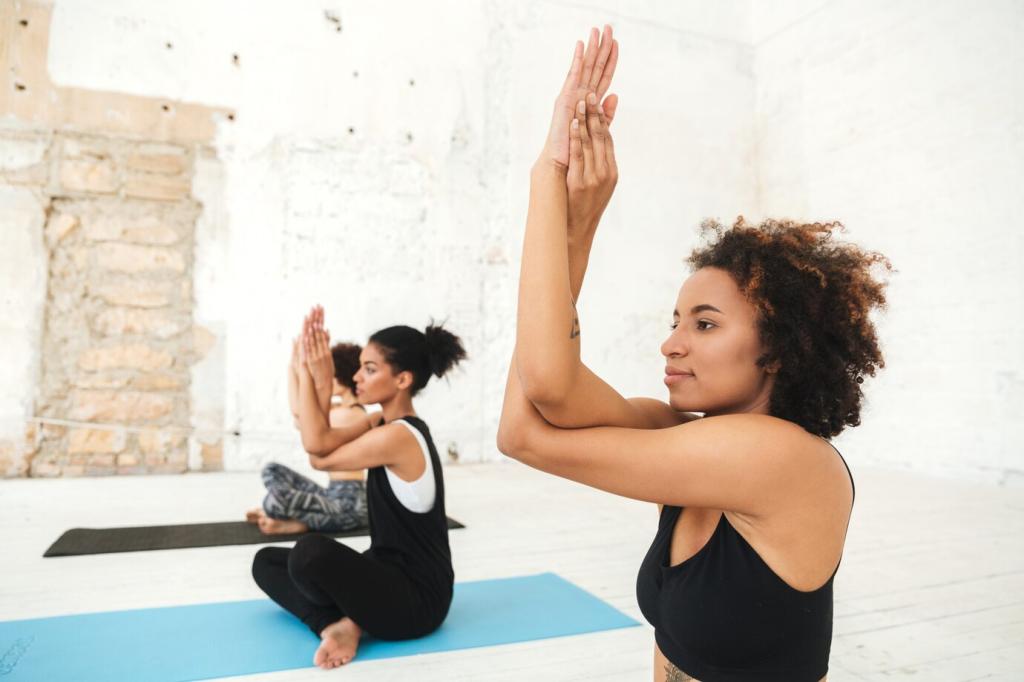Build Your Calm Habit: Daily Rhythm and Reflection
Begin with two minutes of diaphragmatic breathing, then three rounds of Nadi Shodhana, finishing with brief box breathing. Keep it playful. If a day slips, simply return tomorrow without blame. Progress loves patience more than perfection.
Build Your Calm Habit: Daily Rhythm and Reflection
Write one line after practice: mood before, mood after, one sensation noticed. Track for seven days. Patterns emerge, motivation grows, and you begin trusting your breath as a dependable friend rather than a last-minute fix.







